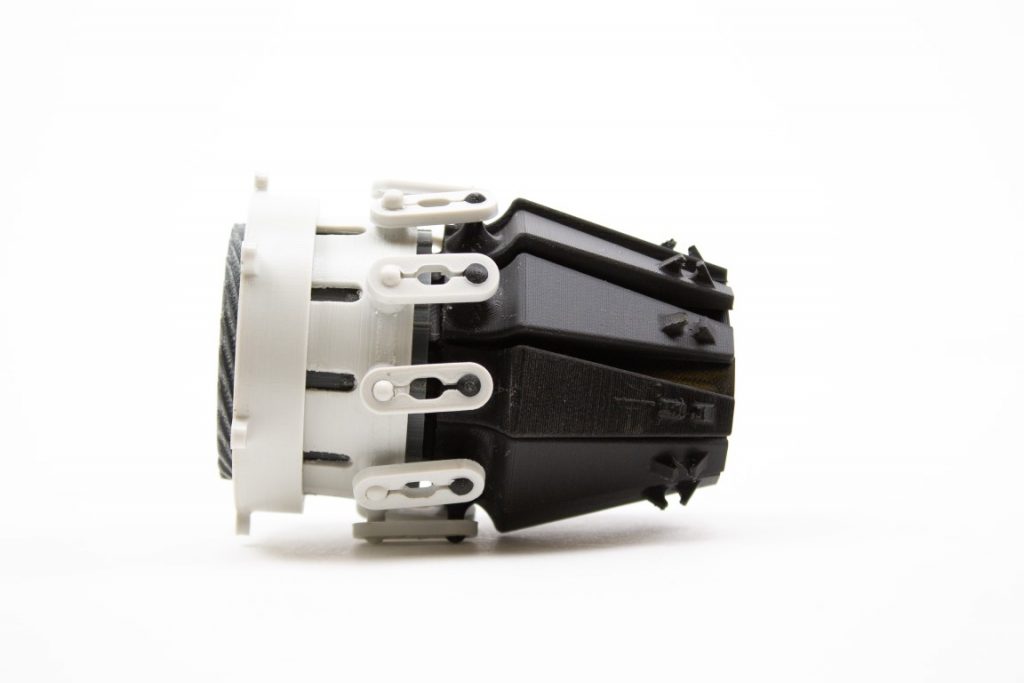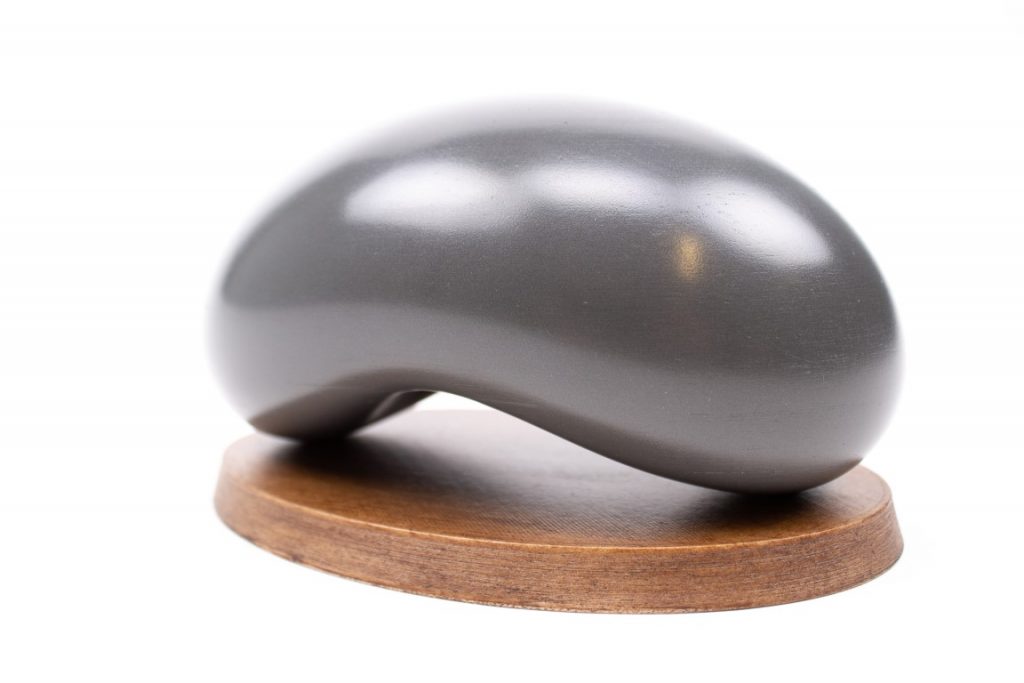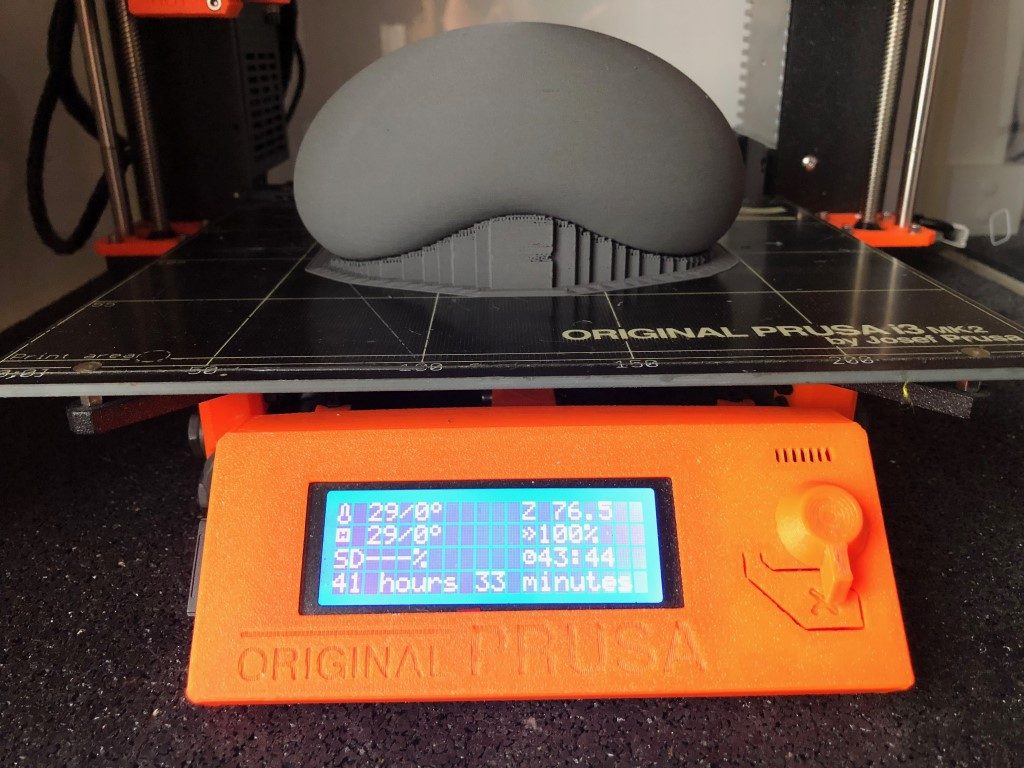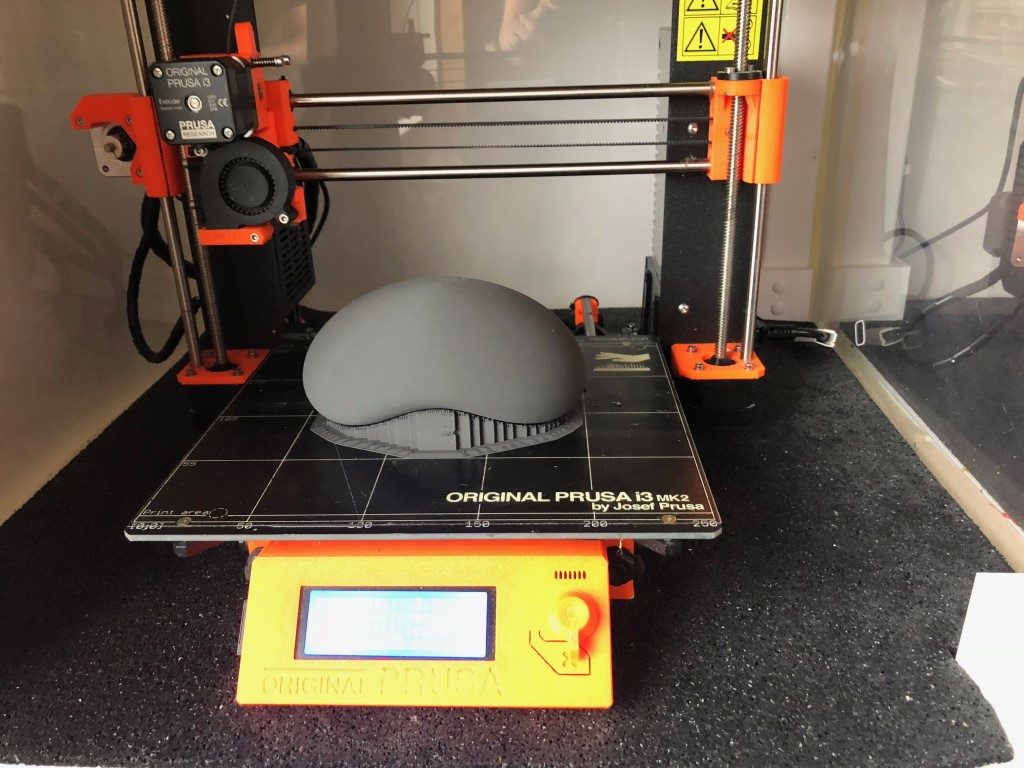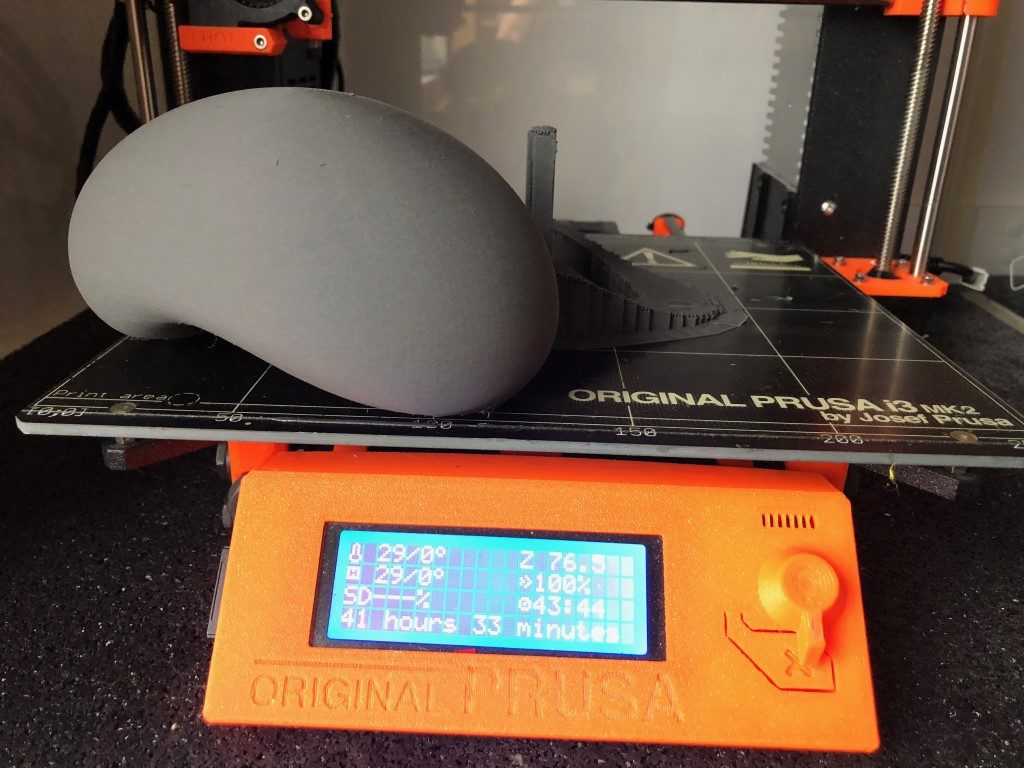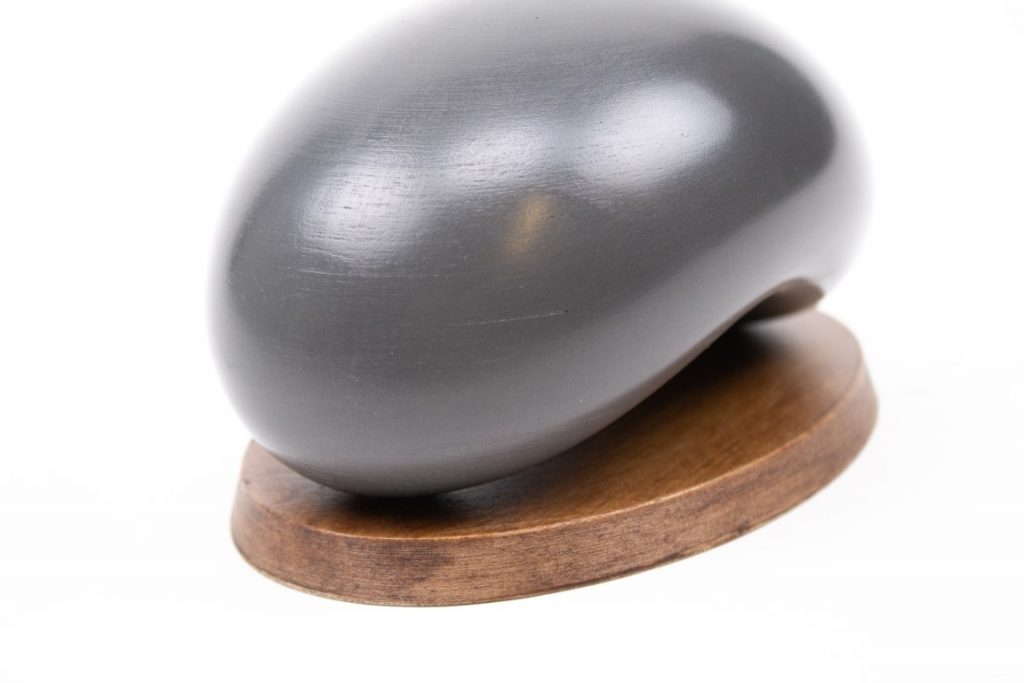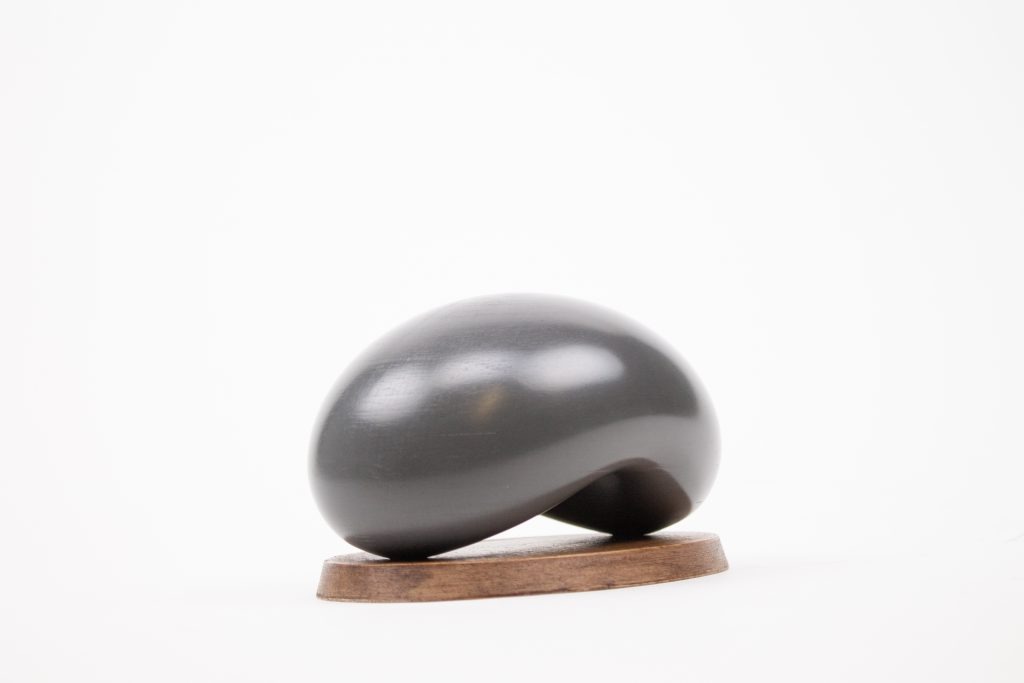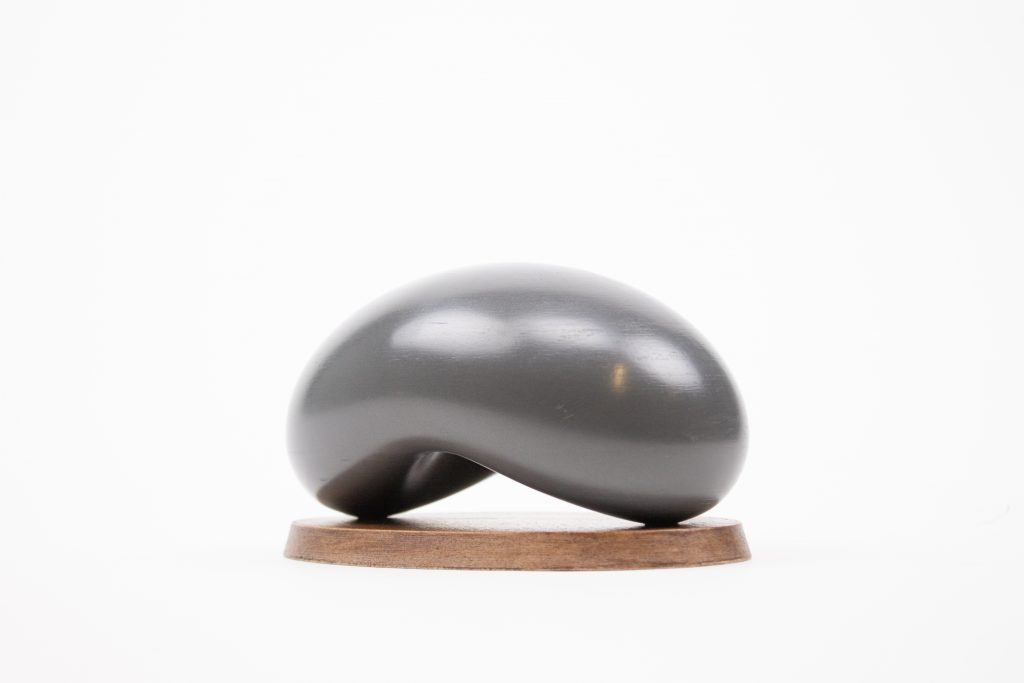We proudly announce our new addition in our range of functional filaments: PA Neat. A brand new unfilled, heat resistant, low warp PA.
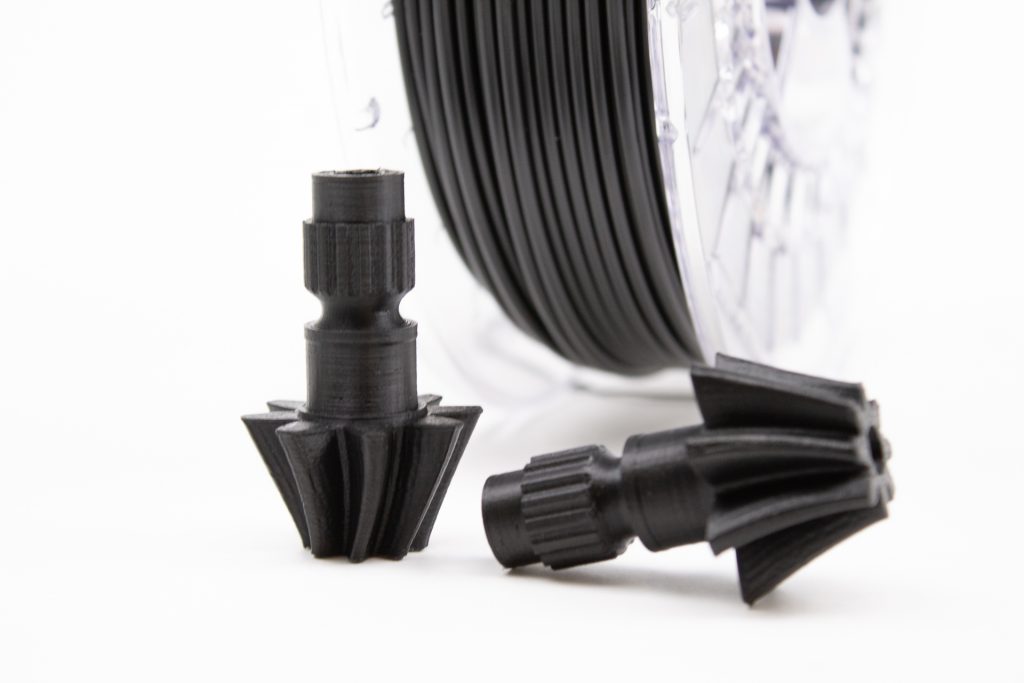 PA Neat is a polyamide (nylon) filament with no additives and pure functionality. Hence the name, PA Neat.
PA Neat is a polyamide (nylon) filament with no additives and pure functionality. Hence the name, PA Neat.
Demand for functional filaments is ever growing. The base PA formulation is similar to the PA_CF Low Warp we released last year, but without the carbon fiber. This also means that this material is much less abrassive then the previous version and plays nice with your nozzles.
Let’s compare PA with PLA, still the most popular material in the market. PLA is Poly Lactic Acid with a heat distortion temperature (HDT) of 45 degrees C. It is not temperature resistant and fairly brittle. Although easy to print, it lacks real functionality for most applications. PA (polyamide) on the other hand has a continuous service temperature of 120C thus highly temperature resistant and tough. This makes it a perfect material for the professional user to make durable prints that need to perform.
 Now wait, doesn’t PA warp like crazy? Well, it used to, but we fixed that and warping is only minimal with our new PA Neat.
Now wait, doesn’t PA warp like crazy? Well, it used to, but we fixed that and warping is only minimal with our new PA Neat.
At colorFabb we have a well-equipped 3d printing studio with many popular 3d printers. Our grade of PA Neat Low Warp has been tested using various 3D printers, which has resulted in the following recommended settings:
Adviced 3d printing temperature:
265C-290C
Adviced 3d print speed:
30 – 40 mm/s
Advised Heated bed (if you have one, not strictly necessary):
ambient – 50C
For heated glass plate buildsurface we can recommend using 3DLac for extra adhesion.
Cooling fan
0% fan cooling is adivesed to achieve best possible layer to layer adhesion. If a geometry needs cooling a maximum for 50% regular fan speed is advised.
Please note: Due to high stiffness of 2.85mm filament we recommend users to use spoolmounts which have some friction between spool and holder, to prevent unspooling of filament.
The filament may absorb moisture from the environment. If absorbed moisture levels are too high, users will see excessive oozing of material on travelmoves and rough outer surface of printed parts. Drying is advised using filament dryers, drying temperature set at 70-80C for 4-6 hours.
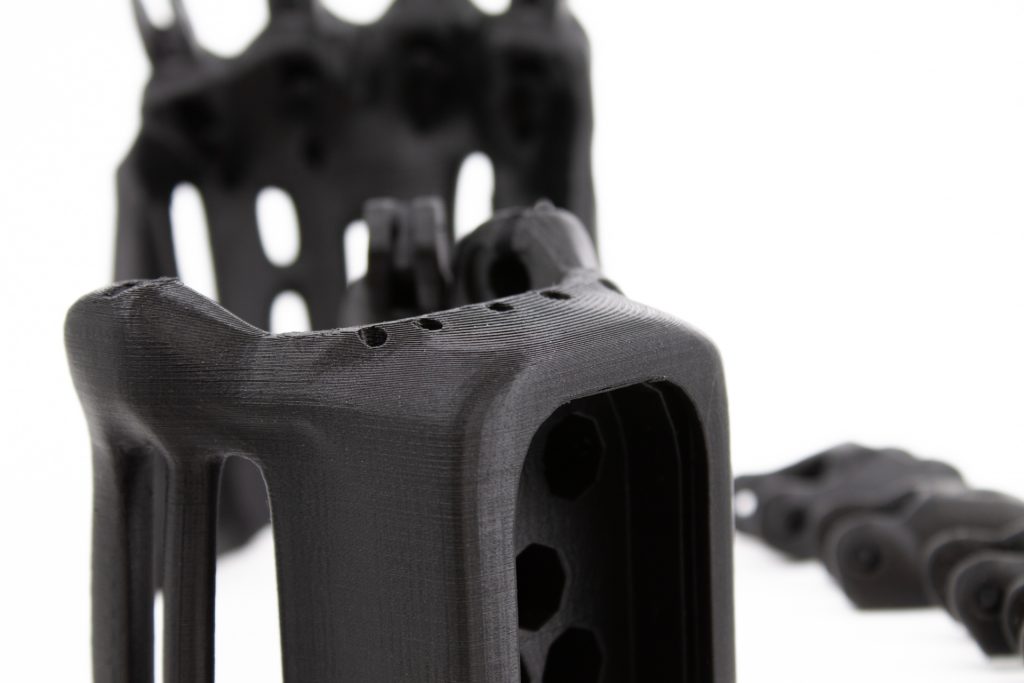
We all love PLA and we still see a lot of PLA coming on the market. At colorFabb we only look for added value (like with Color on Demand) or for functionality like we do with PA Neat – a truly functional solution.
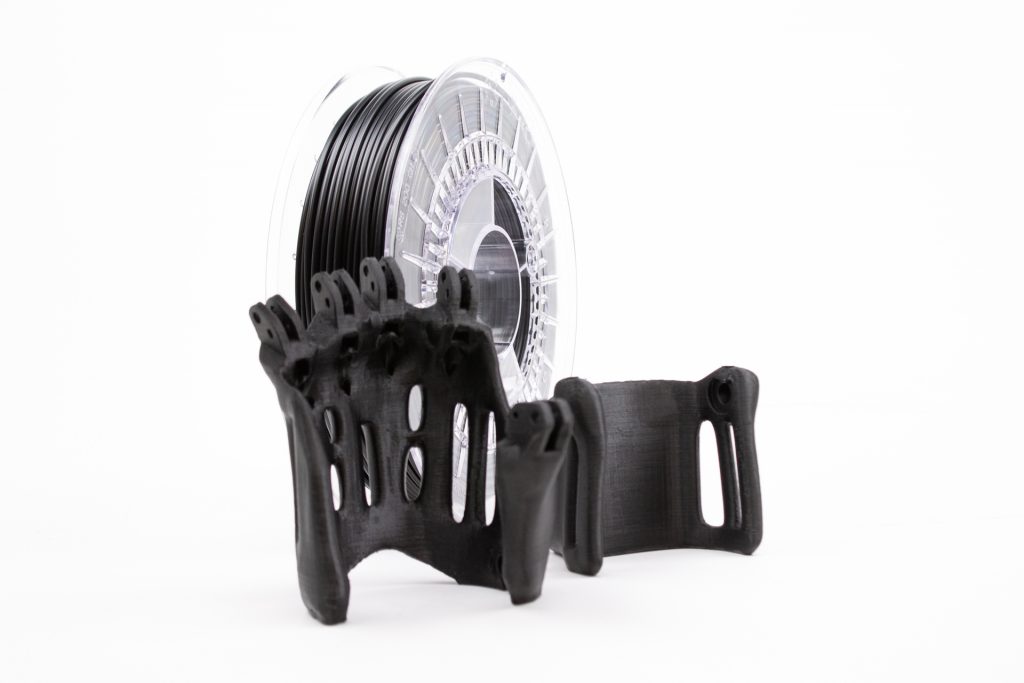
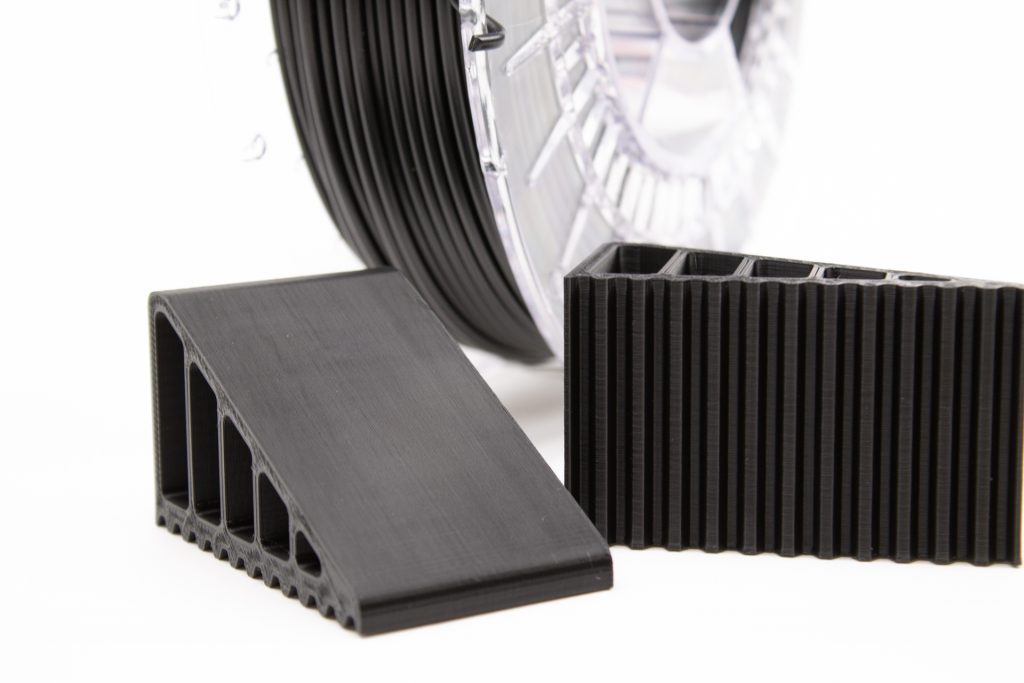
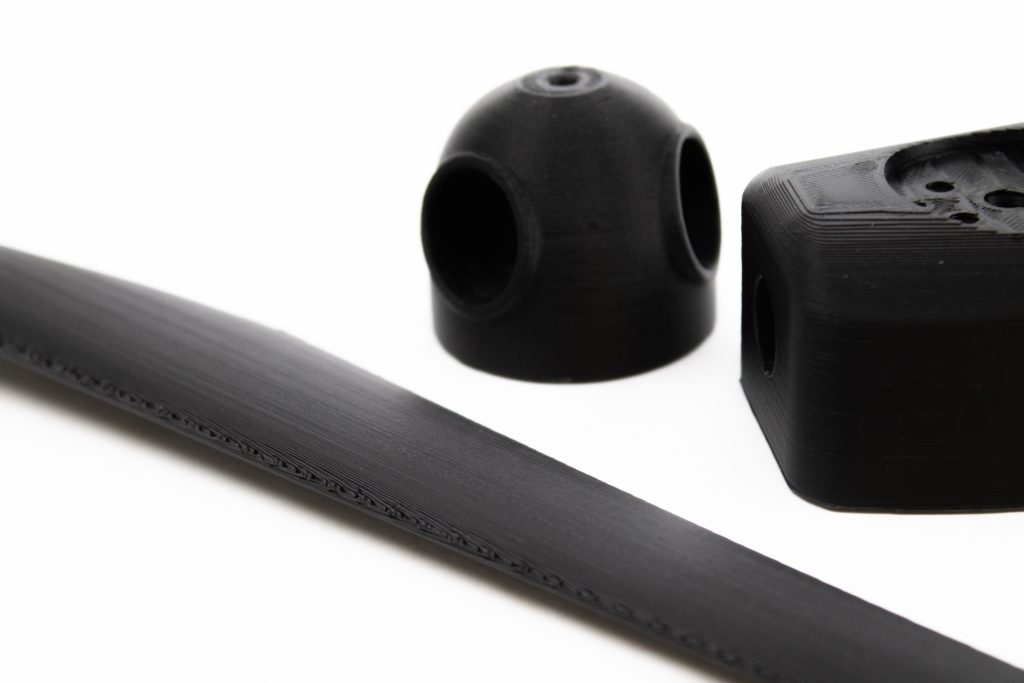
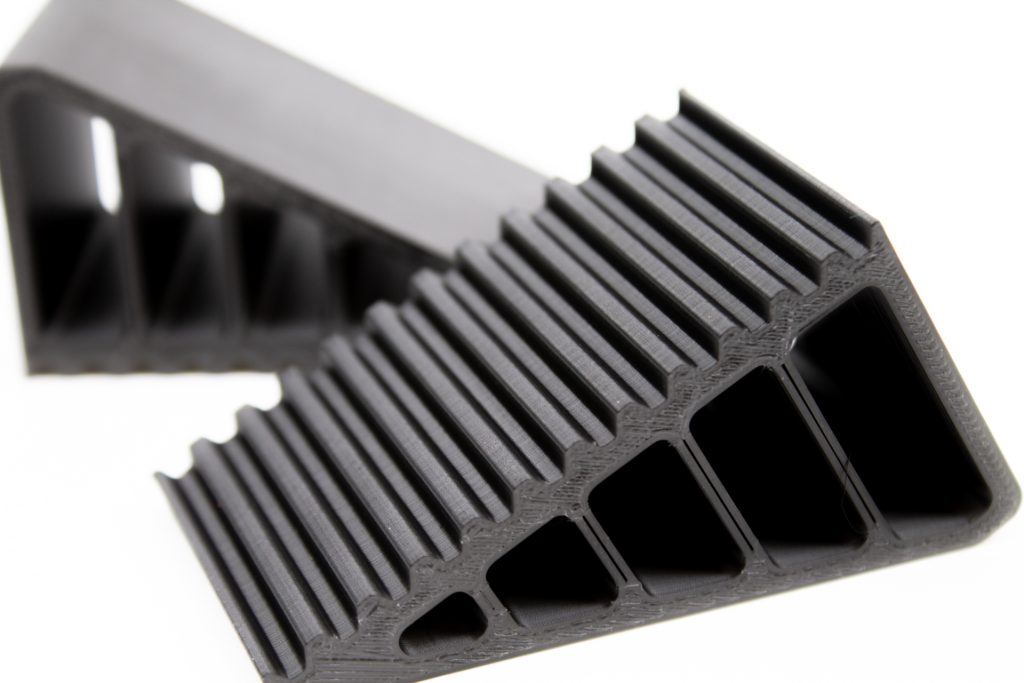
PA Neat is available now in our webshop. It ships daily from stock and worldwide.
Direct webshop link: https://colorfabb.com/pa-neat
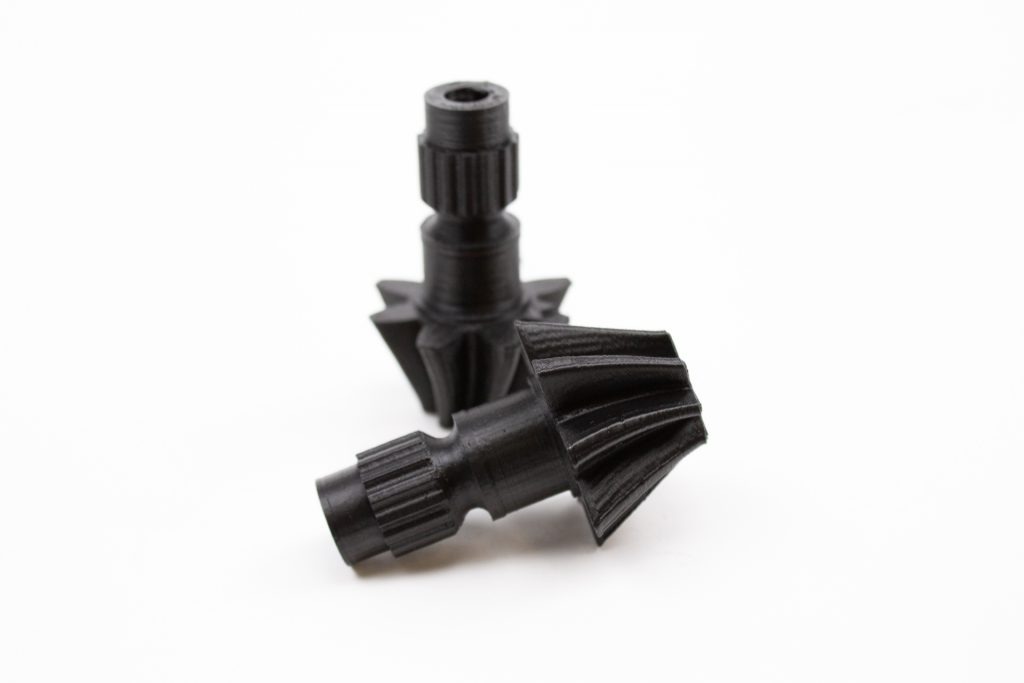
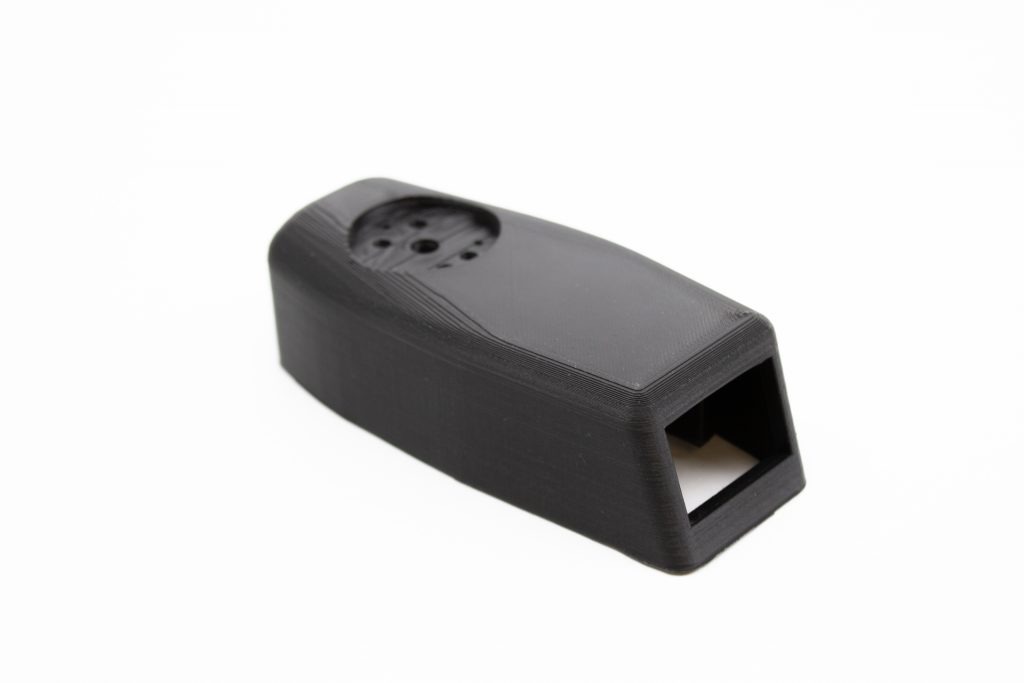
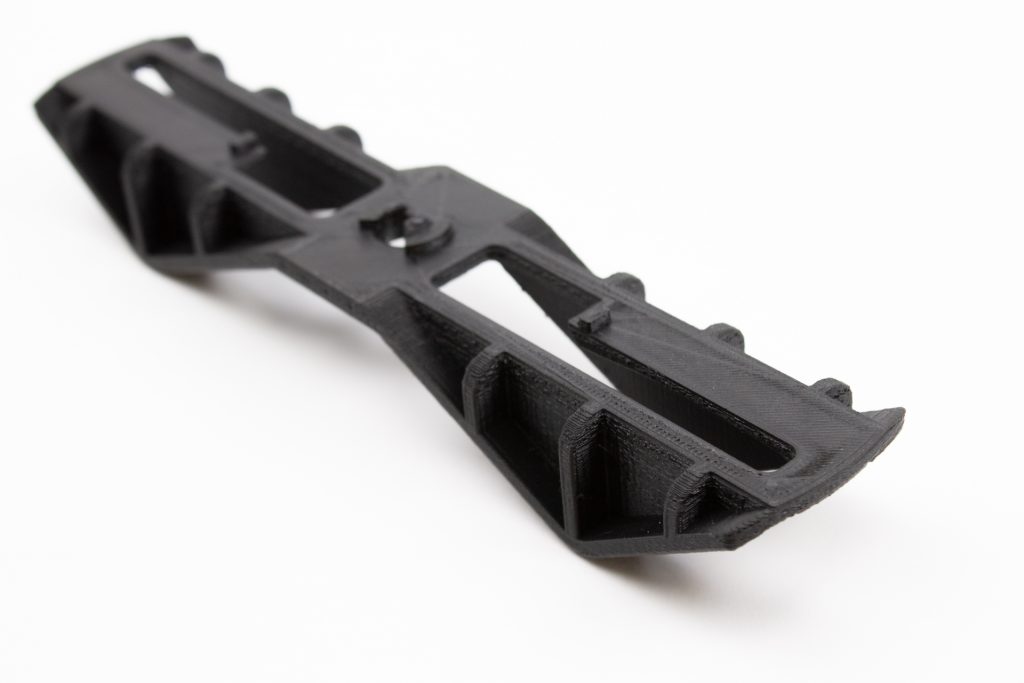
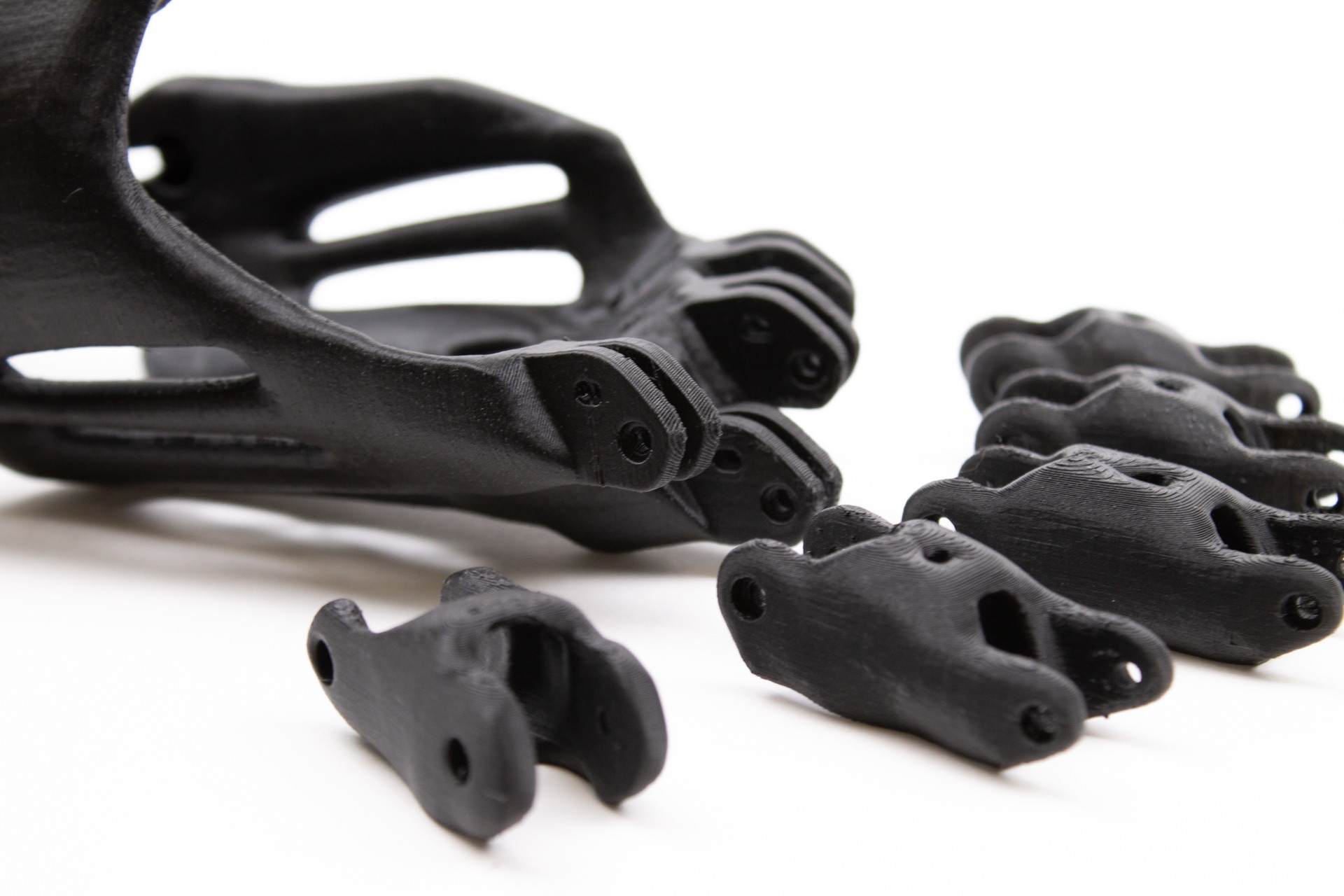
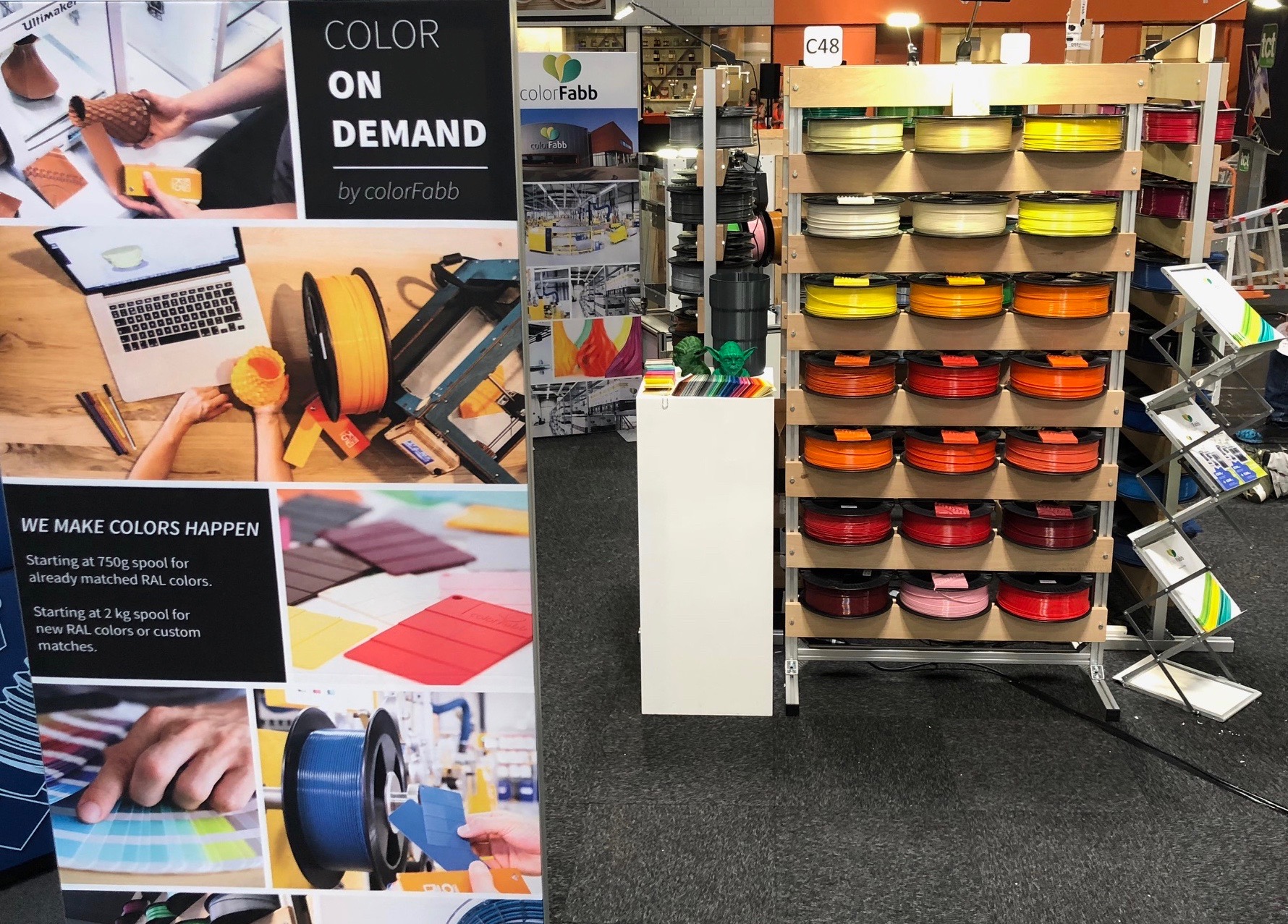
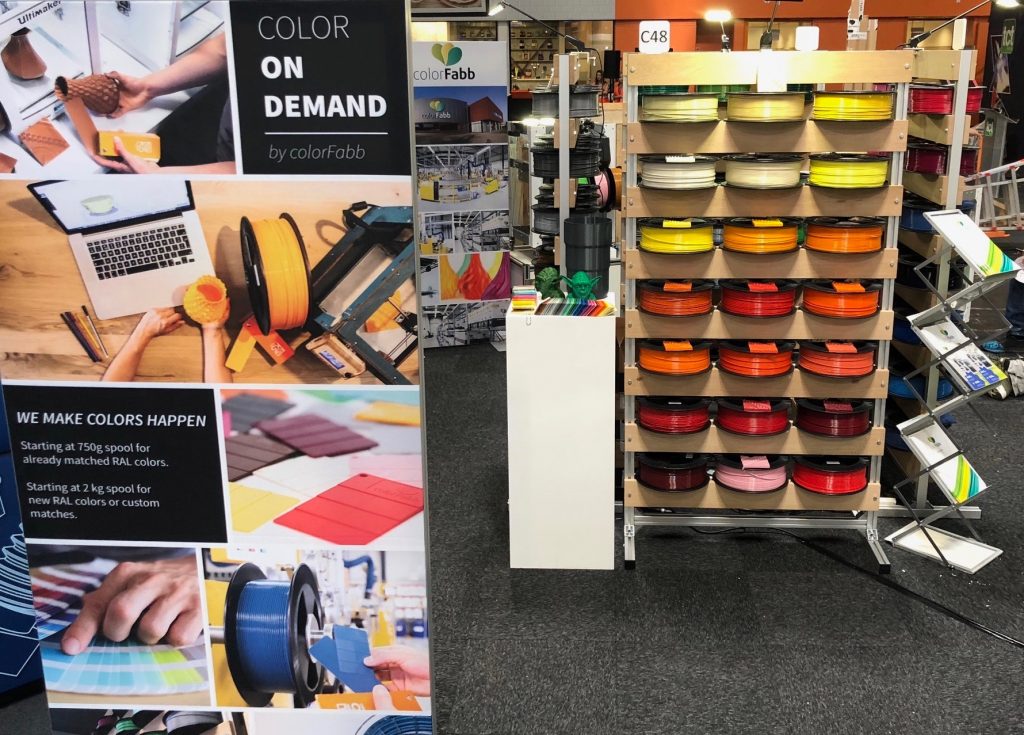
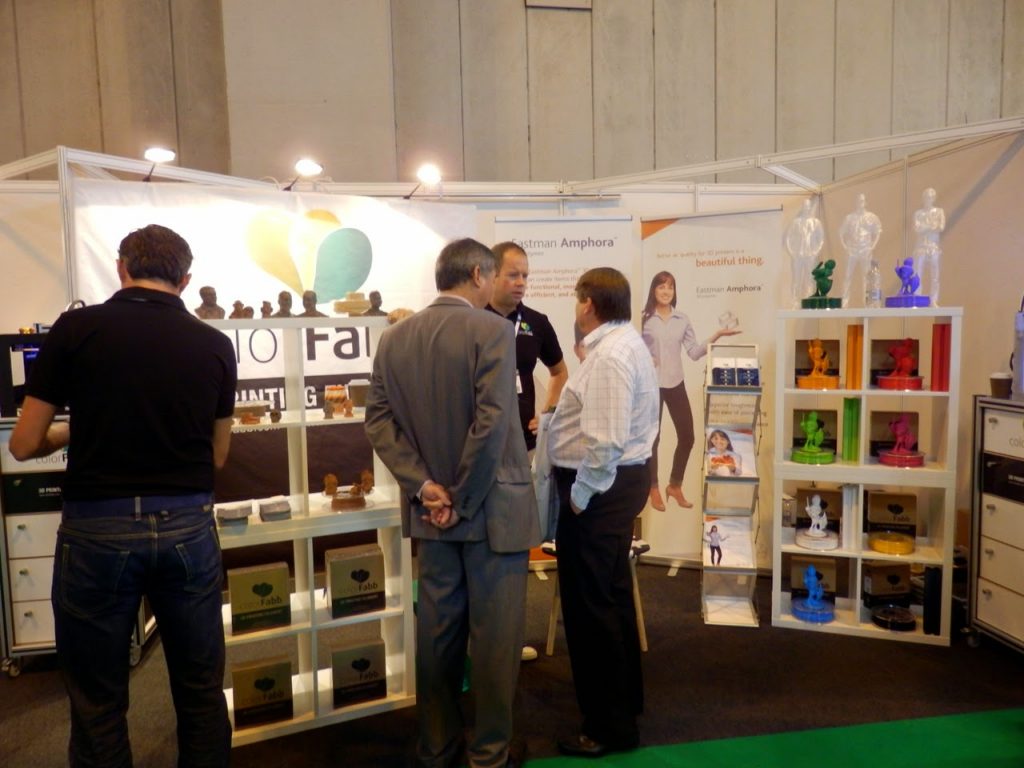

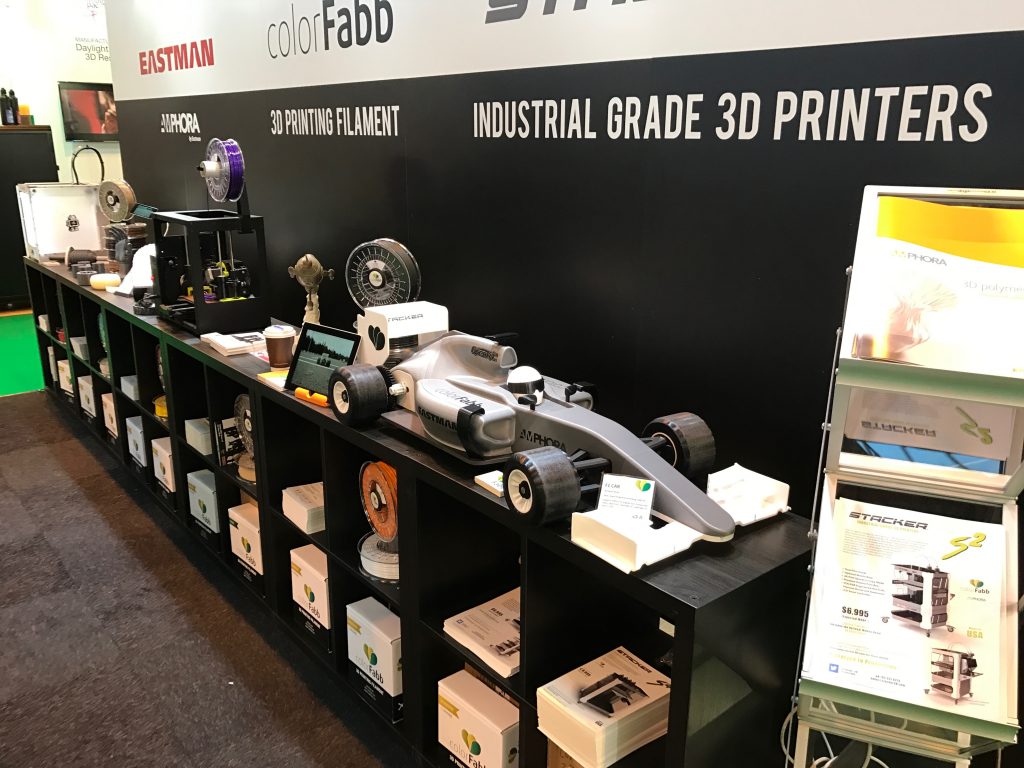
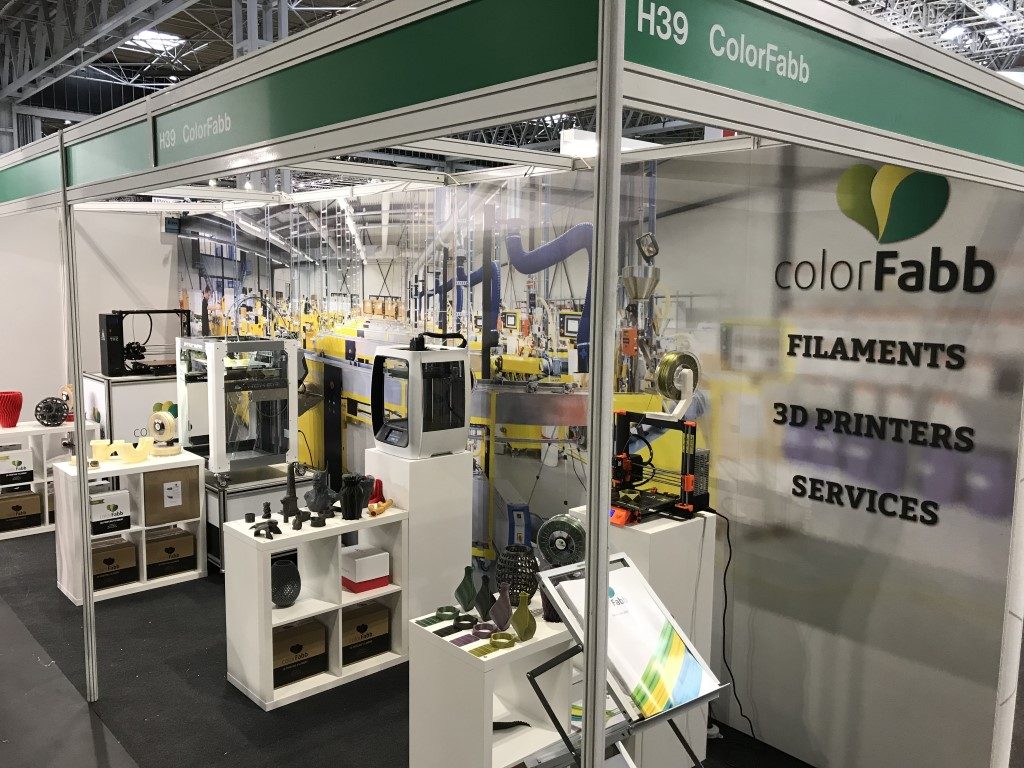
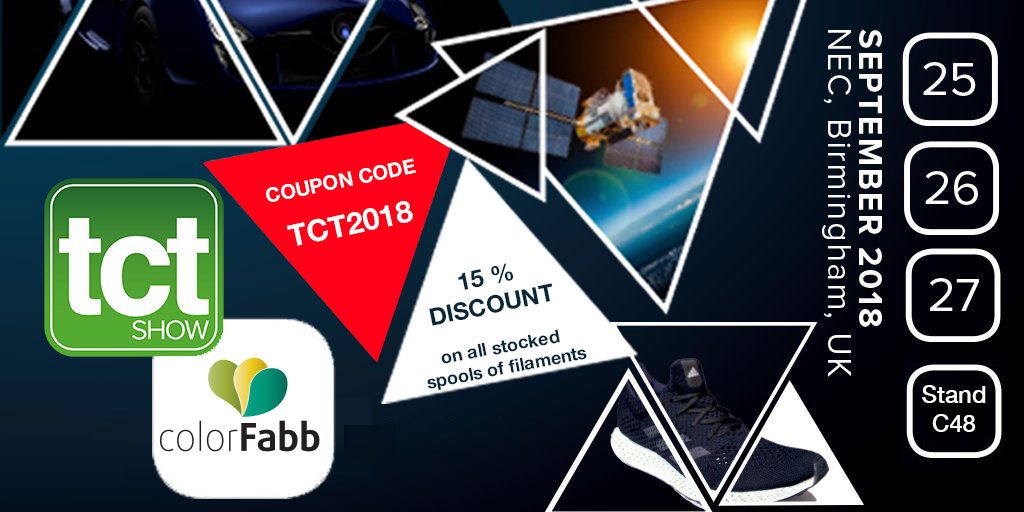
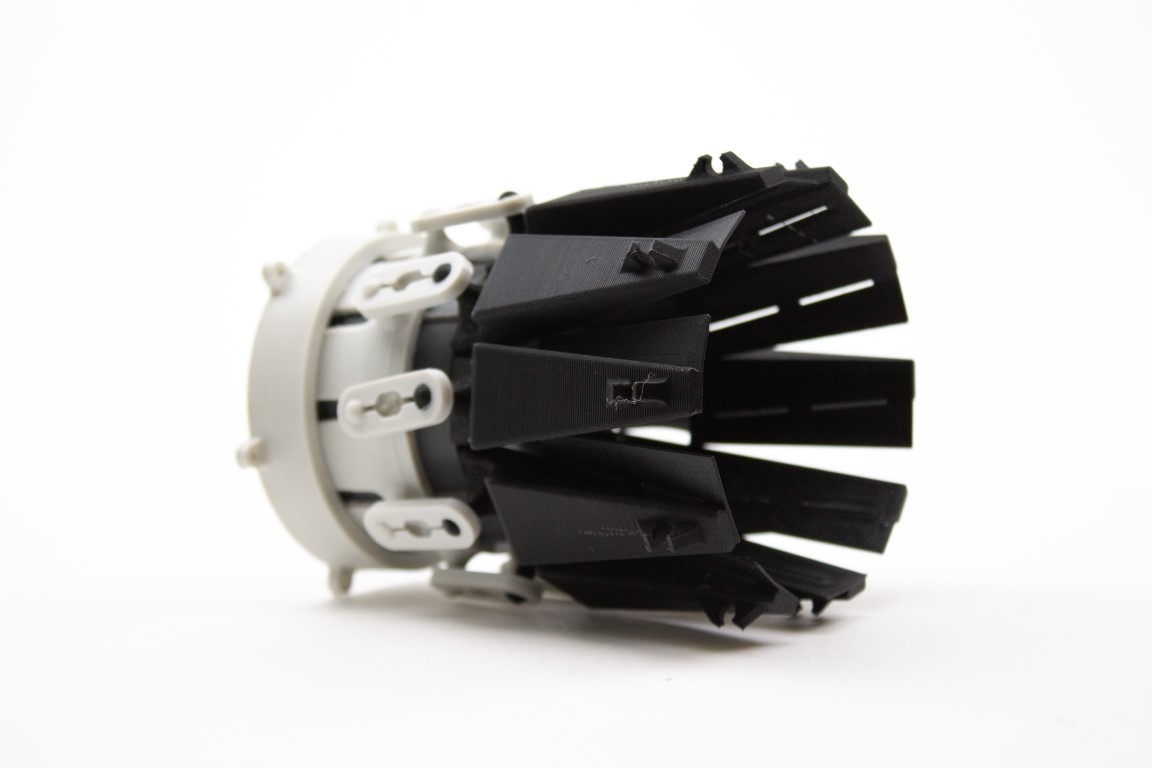
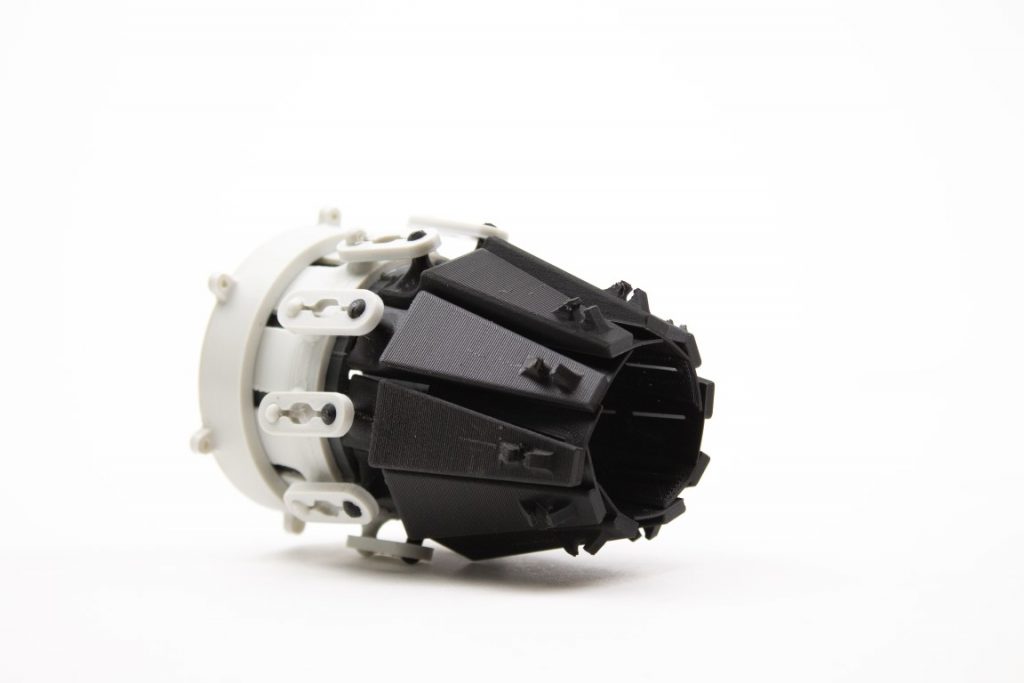
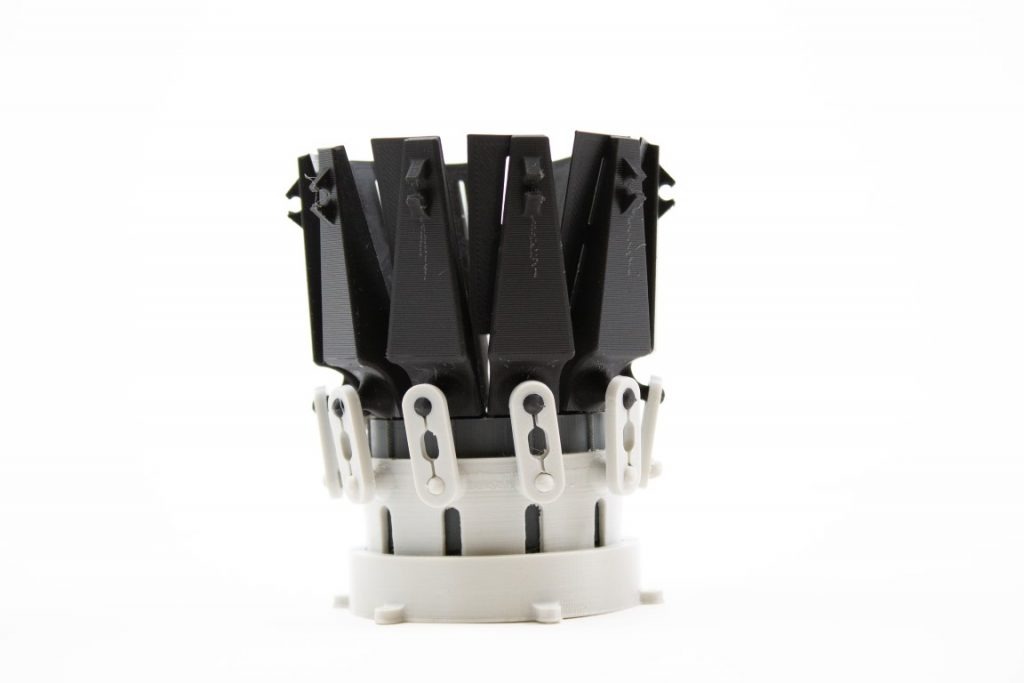
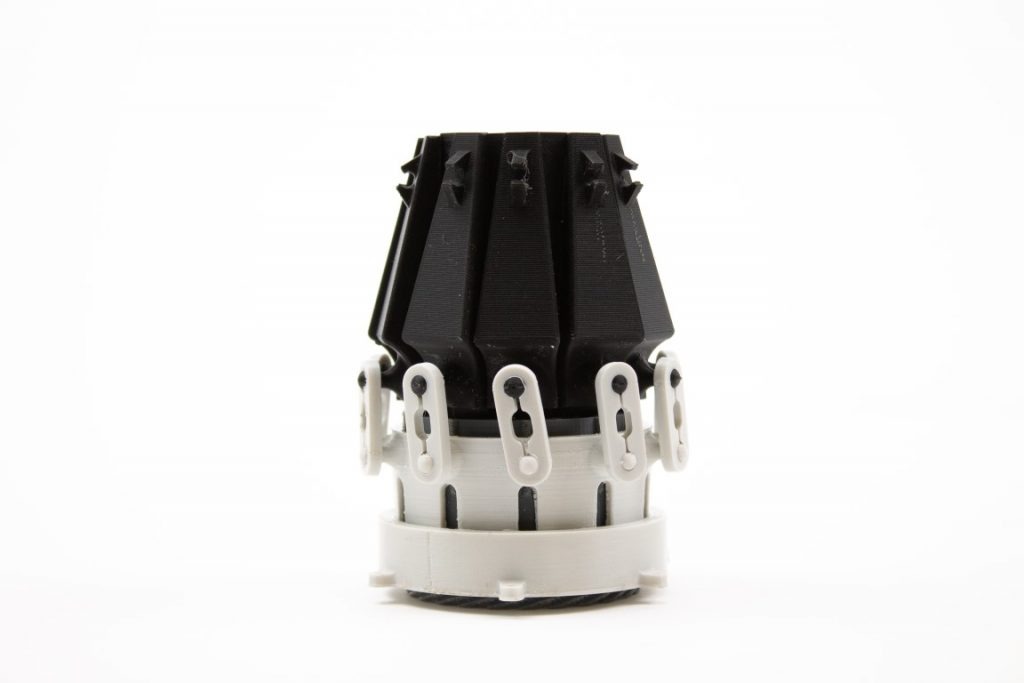
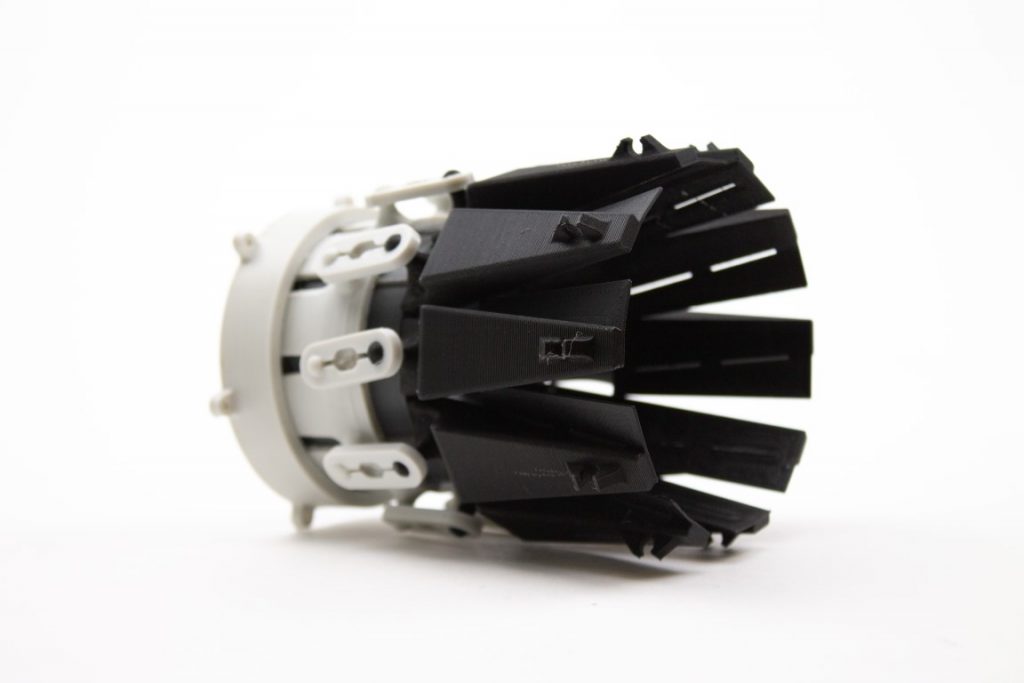
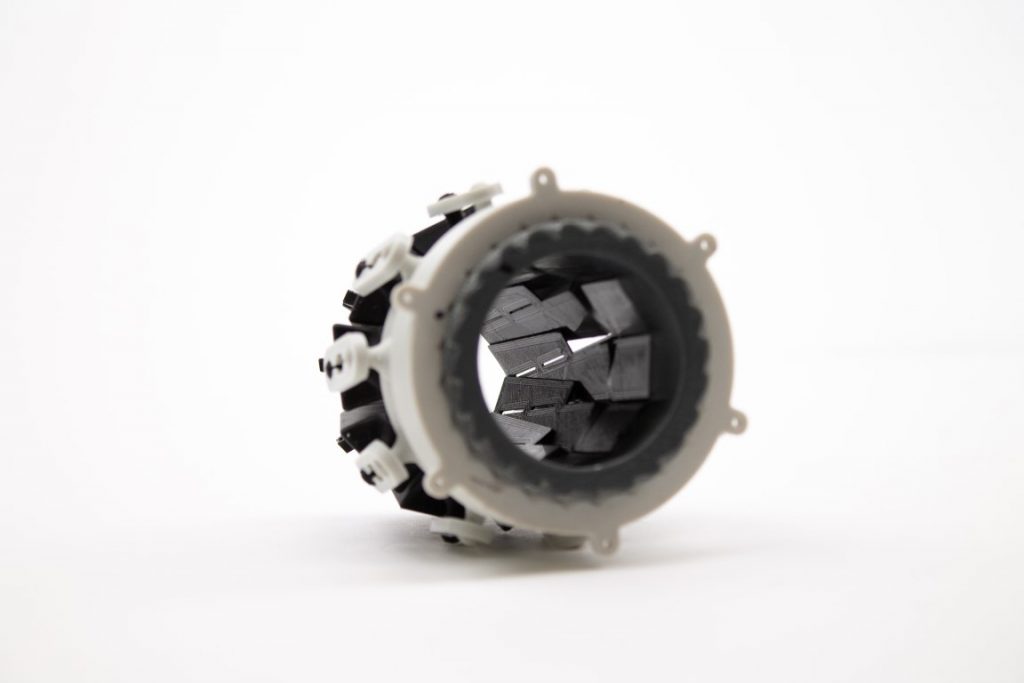
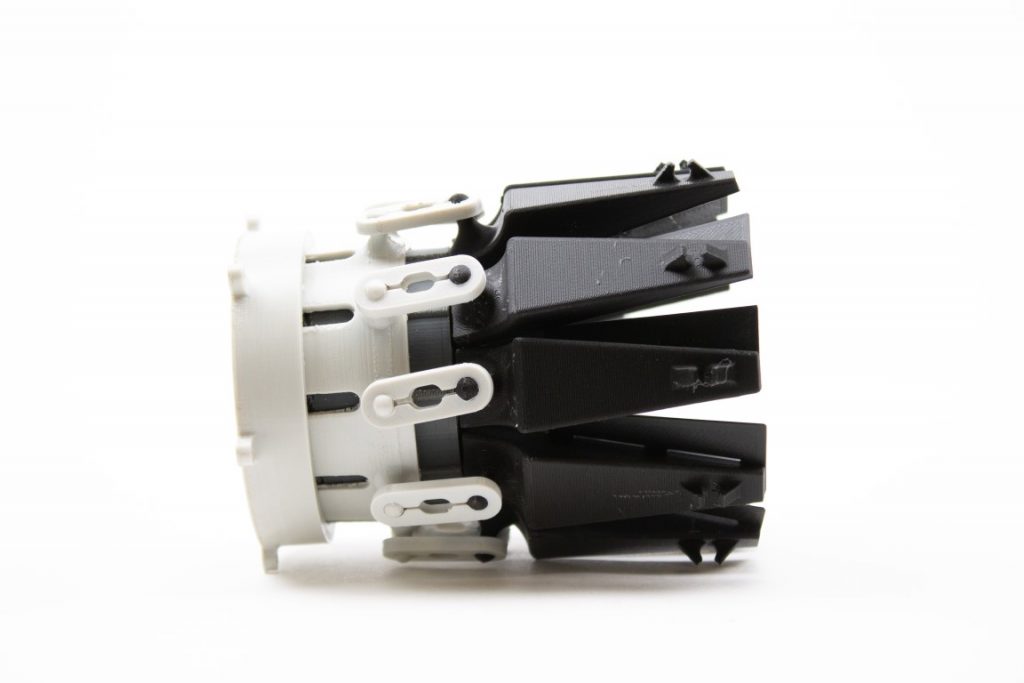 Our
Our 
